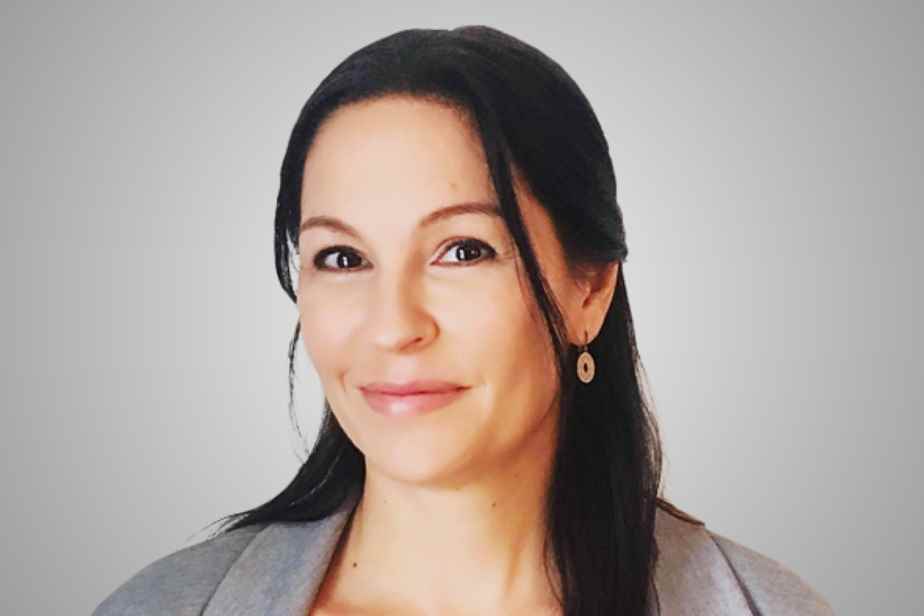September 30 is the second National Day of Truth and Reconciliation, which others call Orange Shirt Day.
Posted at 10:00 a.m.
This orange sweater, which you will no doubt see in large numbers, has become the symbol of a story shared by more than 150,000 Aboriginal children in the country for 165 years, but also, in the same breath, the symbol of the resilience of all Indigenous peoples of Canada.
This sweater tells the story of Phyllis Jack Webstad who, in 1973, was living with her grandmother in the community of Dog Creek, British Columbia. When she was old enough to go to school, her grandmother bought her a nice orange sweater to start this new chapter in her life.
Like her grandmother and mother before her, Phyllis was sent to residential school for Aboriginal people. On her first day, she proudly wore her beautiful orange sweater, laced up the front.
As soon as she arrived, she was ordered to take off all her clothes. Like all the other children, Phyllis was crying and couldn’t understand it. No one comforted her. She never saw her orange sweater again, no doubt burnt as was the custom with the personal belongings of Aboriginal boarders. She understood then that she was not important.
This sweater will therefore become, as of 2013, the symbol of a heavy memory, of course, but also that of the road to recovery, the one we wear to remember, to show our support for September 30, the day when all Indigenous children were to have arrived at the 139 residential schools designed for them during the era in which they were opened.
It was only last year that this day, which aims to promote reconciliation efforts with Indigenous peoples, was officially created by the federal government in response to recommendation number 80 of the final report of the Truth and Reconciliation Commission. of 2015.
Although symbolic, this day is necessary. It should be devoted to education, reflection, even contemplation. It should be remembered that nearly 6,000 Aboriginal children died in these residential schools and that many boarders have kept the vivid scars of violence of all kinds, ranging from scientific experiments that led to malnutrition, illness and death in addition to violence psychological, physical, sexual, cultural and identity.
This day is not meant to be an end in itself, but rather the beginning of a long process. A common approach. It is not worth much if people take advantage of the leave granted by several provinces (without Quebec) as well as by the federal government to go shopping or watch series.
It takes two parties to reconcile. You have to make the effort. But before we even think about getting there, we have to heal. All of us. This healing is not just for aboriginal people.
When I read papers or hear comments that are defensive, closed, full of prejudice, racist remarks or shortcuts that show intellectual dishonesty, I call for healing. When I remember that two years ago, on September 28, 2020, Joyce Echaquan died in Joliette hospital, I call for healing. When I hear Prime Minister François Legault stubbornly refusing to recognize systemic racism or Joyce’s principle, I call for healing.
This day marks the beginning of common work and efforts aimed at reconciliation. But what does that mean? How will we know when we get there? What should be put in place?
I do not have the answer to all these questions. I do know, however, that any time there is room for Indigenous voices in the media, it helps. That every time we allow aboriginal artists to sing in their language, it helps. That each time a government, a society, an institution has the courage to change something in its system because it left out the Aboriginals, that helps. May each training session, each conference given by an Aboriginal person help.
Small steps on a long road.
A residential school survivor once said, “It took hundreds of years to destroy us, it will take at least that many years to rebuild us. I think he got it right. You will have to be patient and take the time to do things right.
Sometimes, however, we will have to think about a better sharing of powers, territories, better justice. It is here, I believe, that we will measure the true will to do better. At the time of the big steps. And for all of this, I call for healing.
